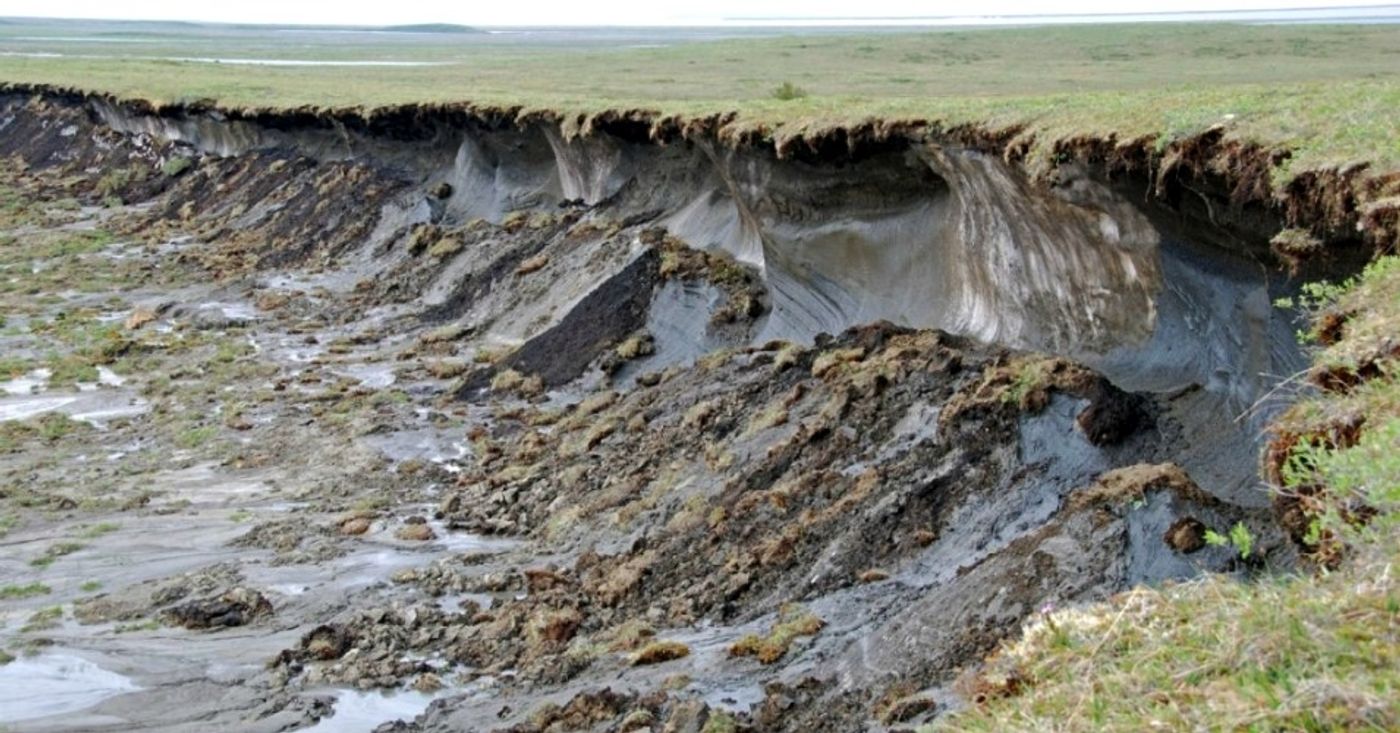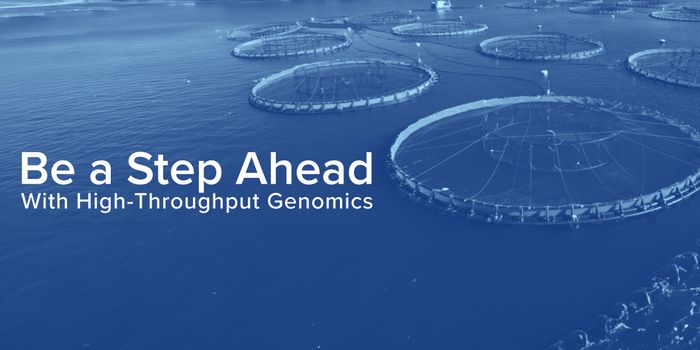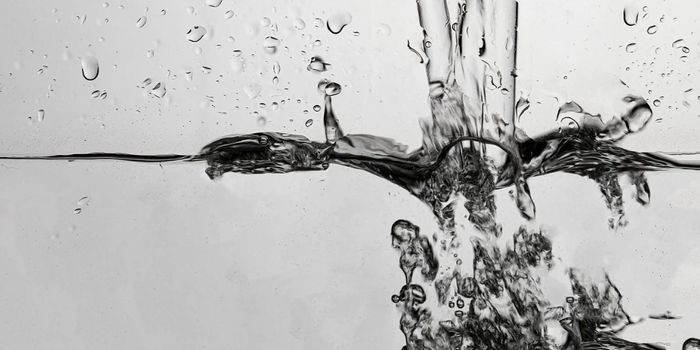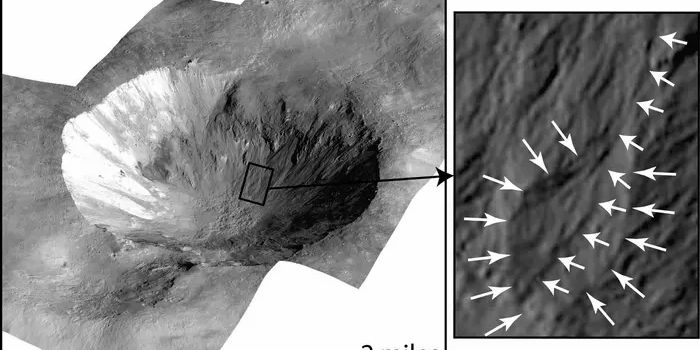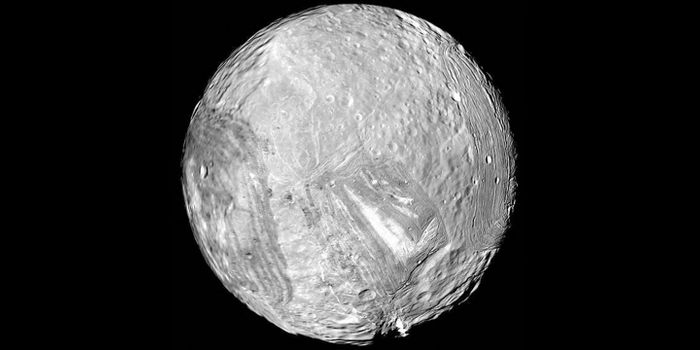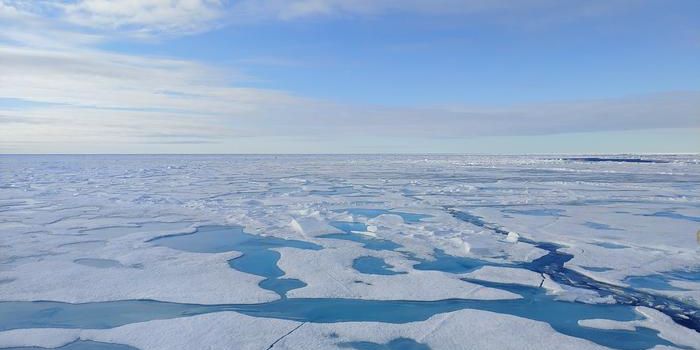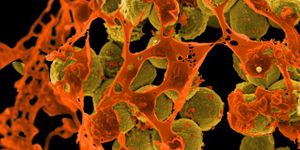Alaska's thawing permafrost has big consequences for greenhouse gas emissions
Permafrost. It even sounds intimidating. Permanent frost, forever frozen. Brrrr. Except in our warming planet, the frost is unfreezing, and with it, it is releasing dangerous amounts of greenhouse gases.
So, what really even is permafrost and why does it matter? Permafrost is the build-up of layers and layers of organic material from thousands of years of plants that died and froze before they could decompose. Like peatland or fossil fuels, permafrost holds carbon dioxide from the atmosphere, acting as a carbon sink. It is estimated that all the permafrost in the world holds about twice as much carbon as is currently in the atmosphere. That’s carbon we want to stay in the ground.
Scientists from the Woods Hole Research Center (WHRC) and Harvard have been intent on studying the effects of rising temperatures on permafrost in Alaska because according to their investigations, from 2012-2014, the state emitted the equivalent of 220 million tons of carbon dioxide gas into the atmosphere from biological sources (excluding fossil fuel burning and wildfires). That number is almost the same as all the emissions from the U.S. commercial sector in a single year, and it’s all coming from the ground.
Unfortunately, when permafrost thaws, microbes convert some of the carbon to carbon dioxide, but also to methane, which is a more potent greenhouse gas and has the ability to trap even more heat in the atmosphere. Scientists have estimated that the process of permafrost thawing could contribute as much as 1.7 degrees Fahrenheit to global warming over the next few hundred years, regardless of what society does to cut emissions from burning fossil fuels and other activities, reports the New York Times.
However, according to the Woods Hole researchers, parts of Alaska could lose its permafrost by the middle of this century. A team of scientists has been trying to determine the current state of Alaskan permafrost with the purpose of modeling what might happen in the future. “In order to know how much is lost, you have to know how much is there,” said Sue Natali, from Woods Hole.
Róisín Commane, an atmospheric researcher at Harvard who led another study investigating the state of Alaska’s permafrost, chimes in with the concern that permafrost thawing is now happening in the winter, not just the summer.
“I think the main reason we’re worried about this is because as the temperatures are increasing and we’ve been seeing that happening for the last few years, the amount of CO2 that’s going to come out will go with that temperature,” Commane said. The researcher explains that the most frightening part of the scenario is that it is a positive feedback loop. “Because it’s getting warmer, there’s more CO2 coming out which means it’s going to get warmer which means there’s more CO2 coming out,” Commane said. “And it will just run away with itself.”
But greenhouse gas emissions are the only danger of thawing permafrost. In Alaska, structures that are built on this previously stable material are literally falling into the sea and slumping along the earth.
Max Holmes, senior scientist and deputy director of the WHRC, says that the thawing permafrost “has all kinds of consequences both locally for this region, for the animals and the people who live here, as well as globally. It’s sobering to think of this magnificent landscape and how fundamentally it can change over a relatively short time period,” he added.
Sources: The New York Times, Alaska Public Media, The Washington Post, PNAS
